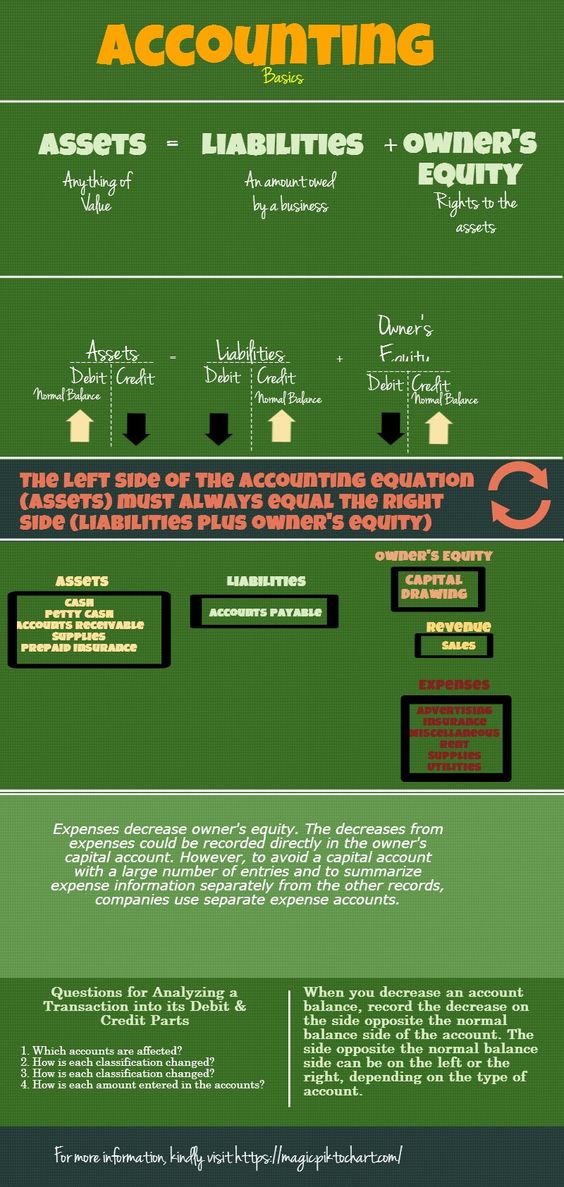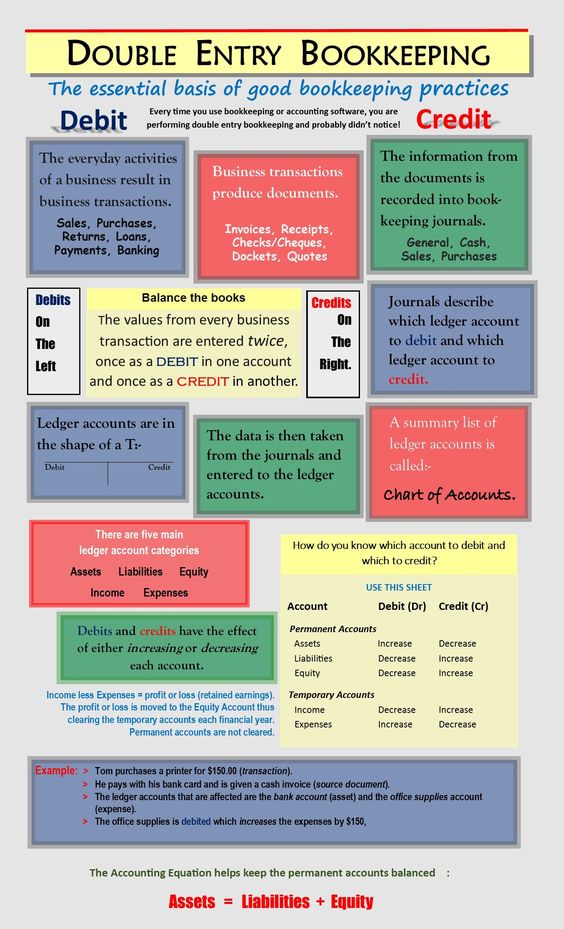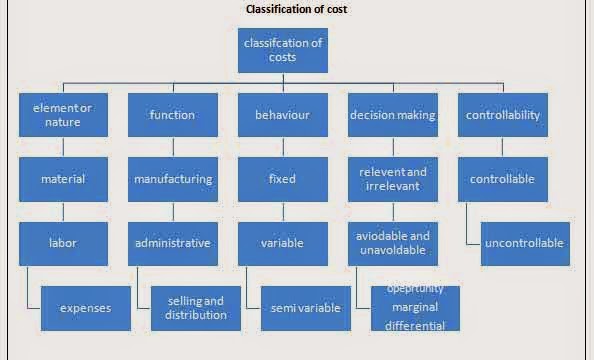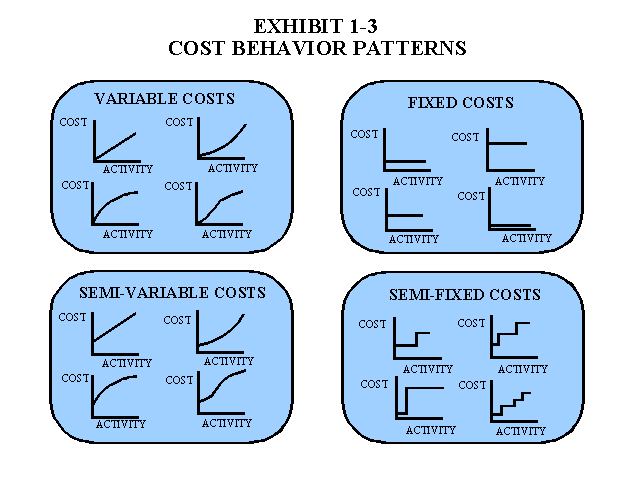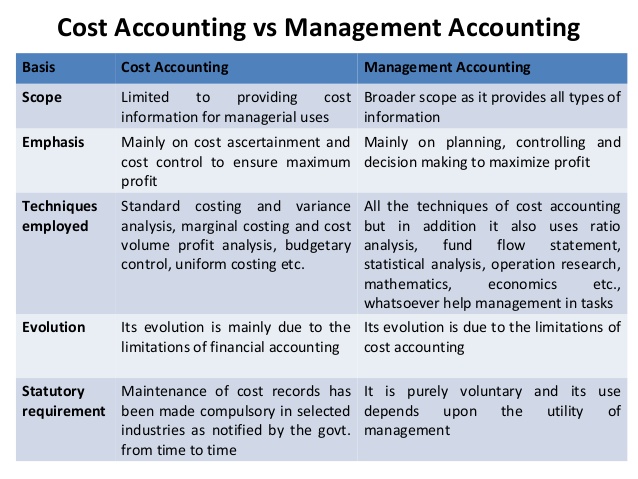Oh! It's you again.... hehe.
Looking at the topic that is Long Term Financial Planning and Corporate Growth, I just break it down to some general areas to get your brains working. Long term means for a very lengthy duration. It could be more than a year (if you consider one year is long enough), or it can be 5 years, 10 years, 15 years. For example, the plan formulated by our Prime Minister (hmmm...) TN50 (Transformasi Nasional 2050) a plan which heading to the year 2050 with much development we are going to do and many things we going to achieve. Talking about numbers... a lot! A lot of effort, sweat, ideas to achieve the desired TN50 (and a lot they can make too!) Hahaha.
So, what is the long term is for? It is about financial planning. The same thing you plan what you gonna be in 5 years from now. Simple, what you want to eat tomorrow, you have to start thinking from today, If you want to eat a nice succulent steak at super duper expensive restaurant, you have to start finding some money for it. Of course, you need to plan your finance, how much to have, how to save, how to spend and most importantly, how to start. So now, you have Long Term Financial Planning... It is a plan to finance you for your future. Simple, kan, kan, kan?
Lastly is Corporate Growth..Why are you studying this for? Of course, if it is not for you, then it will be for those companies you gonna serve. By having good financial planning, you can build the organization, the empire and your life, stay there for a long long time. There is nothing gonna stop you. Speaking about nothing gonna stop us from planning, Then I will treat you with an old song, Nothing's Gonna Stop Us Now. After that, we will continue with the topic....see ya later!
Financial planning (business)
From Wikipedia, the free encyclopedia
Financial planning is the task of determining how a business will afford to achieve its strategic goals and objectives. Usually, a company creates a Financial Plan immediately after the vision and objectives have been set. The Financial Plan describes each of the activities, resources, equipment and materials that are needed to achieve these objectives, as well as the time frames involved.
The Financial Planning activity involves the following tasks;----- Assess the business environment
- Confirm the business vision and objectives
- Identify the types of resources needed to achieve these objectives
- Quantify the amount of resource (labor, equipment, materials)
- Calculate the total cost of each type of resource
- Summarize the costs to create a budget
- Identify any risks and issues with the budget set
Performing Financial Planning is critical to the success of any organization. It provides the Business Plan with rigor, by confirming that the objectives set are achievable from a financial point of view. It also helps the CEO to set financial targets for the organization, and reward staff for meeting objectives within the budget set.
The role of financial planning includes three categories:- Strategic role of financial management
- Objectives of financial management
- The planning cycle
When drafting a financial plan, the company should establish the planning horizon,[1] which is the time period of the plan, whether it be on a short-term (usually 12 months) or long-term (2–5 years) basis. Also, the individual projects and investment proposals of each operational unit within the company should be totaled and treated as one large project. This process is called aggregation.[2]
CORPORATE GROWTH
Corporate growth can be defined in numerous ways and be achieved in several strategic forms. In general, the matter of whether—and at what rate—a company is growing can be highly ambiguous. A company can experience strong sales growth, but simultaneously be losing market share and experiencing financial losses. In such a case, the company's volume is rising, but that of its competitors is rising even faster. And, on the bottom line, sales growth means little when the company cannot turn a profit.
The same company may be gaining market share, but losing sales volume and money. This suggests that volume is falling throughout the industry, but only less so for this company. In any case, it still loses money on its operations.
Consider a third case, where a company's earnings are rising, but it's losing sales volume and market share. This is quite possibly the only favorable scenario, because it suggests that the company is cutting marginal operations to concentrate on what it does best—in effect, becoming smaller but more profitable.
While these criteria can provide some insight into the true nature of the firm—whether it really is growing or not—they also can provide some indication of what type of firm the company is: a dog, a question mark, a cash cow, or a star.
A dog is a company with low or declining market share and low or declining market growth, typically a description of a dying firm. A company with low or declining market share but a high rate of sales growth is a question mark, because its success depends on whether it can outperform competitors in terms of sales growth and eventually gain market share.
Alternatively, a company with low or declining sales growth but high or increasing market share is a cash cow because its position in the market is secure even though the industry in which it operates has matured. Such a company is typically overrun by successful question marks and becomes a dog. In the meantime, however, it generates a healthy income.
A company with high or growing market share and high or growing sales volume is called a star because it is outperforming its competitors. Dogs typically lose—or will lose—money, while stars typically make—or will make—money.
Whether in terms of market share or sales volume, growth may be pursued in one of three ways. In a high-growth company, either or both market share and sales volume growth are pursued vigorously, even at the expense of short-term profitability. This is a risky strategy because the company risks going bankrupt before it can achieve commanding positions in terms of market share and/or sales volume.
A slow-growth company concentrates on maintaining profitability while pursuing incremental gains in market share and/or sales volume. The slow-growth strategy emphasizes financial longevity.
The third growth strategy is based on negative growth, or retrenchment. A company in retrenchment is purposely sacrificing market share and sales growth with the singular goal of emphasizing short-term profitability. In other words, the company is abandoning operations in markets where it has the fewest advantages, vis-à-vis competitors.
When the retrenchment has run its course, the company is left with a core business in which it enjoys solid advantages over competitors, and may take advantage of its superior profitability to pursue either a high- or slow-growth strategy. In effect, retrenchment strategies establish bases for the other growth strategies.
OTHER ASPECTS OF CORPORATE GROWTH
Whether a company is in a growth industry or a mature market, corporate growth is necessary for a company to remain healthy. Companies that compete in a growing market must grow in order to maintain market share. Without such growth, they fail to realize benefits of growth such as economies of scale and the ability to attract talented managers and employees. Especially in global markets, economies of scale allow growing companies to make significant investments in research and development and worldwide marketing.
Similarly, companies competing in mature markets must find ways to grow. Otherwise, they are forced to compete on the basis of price and face declining margins. In order to achieve growth such companies typically exit slow-growth products or market segments that aren't very profitable and enter those markets or related markets that are growing more quickly. They may develop and nurture new businesses that will replace or complement their maturing core business. Other growth strategies for companies competing in mature markets include acquiring smaller competitors or consolidating fragmented industries into a single-source operation. Growth companies in mature industries may include electric utilities, large retailers, and railroad companies.
As desirable as corporate growth may be, a study, conducted by the Corporate Strategy Board, of 3,700 U.S. and international companies for the period from 1990 to 1997 found that only 3.3 percent of those companies had consistent profitable growth in revenues, net income, and shareholder returns for the period. Of the companies studied, only 21, or less than I percent, achieved consistent growth over the past 20 years.
[ John Simley , updated by David P. Bianco ]
Read more: http://www.referenceforbusiness.com/encyclopedia/Con-Cos/Corporate-Growth.html#ixzz4oNWEsfvBHere are some notes that can help...
The slides... Ross_7e_PPT_Ch04
The notes... Week 3 Additional Notes
And lastly...the questions.... hahahaha Week 3 (Ch 4)- Tutorial Questions
And some presents for you... Look what I found!
Questions for this chapter, same like those in the outlines and ANSWERS!!!!!
rossfund_ch04 and chapter4 answers
